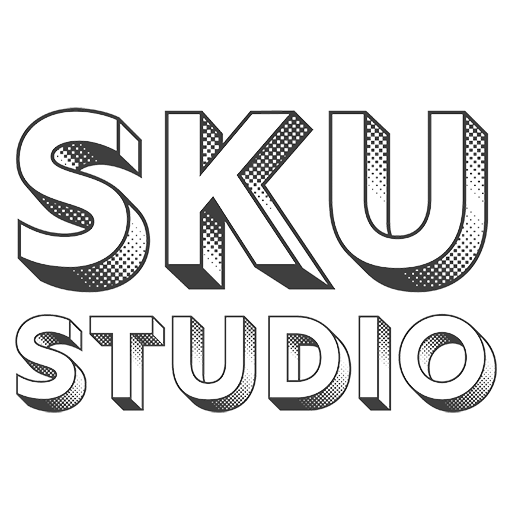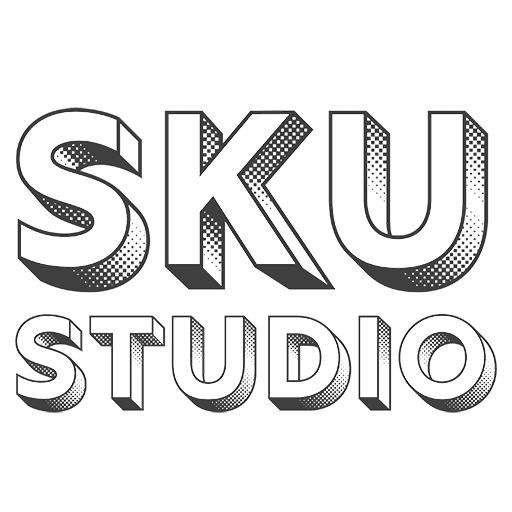PRE SHOOT
1. Reference your emails for: Style, creative direction, location, point of contact (P.O.C), schedule, details etc. See below calendar notes.
2. Always arrive on time or early. If you are running late, inform the client via email or text that you are running late.
SHOOT
1. Keep to the schedule to the best of your ability, ensure that you recieve a break if the shoot is 5 hours or more.
2. Try a variety of shots, feel free to add something outside the direction as long as the main direction is met.
3. Review images on the camera through the session to ensure client/subject is happy. This also helps keep everyone aligned and in case of subjects, it encourages them when they see something they like. They are more likely to come out of their shell.
Each person is different though, so use your best judgement in the situation.
4. Be professional and friendly, dress business casual.
5. Make a note of the aprox distance from the subject to backdrop, camera to subject & Light to subject and direction and modifier on the light.
6. Please ensure that you are shooting in RAW format. Once you are back home, transfer the files & create a backup.
POST
1. Complete shoot notes document HERE within 24 hours.
2. Send a copy of any schedule details (names, order of subjects etc) to Tanvi via email
3. For Headshots: Deliver proofs to Tanvi (via wetransfer or google drive) within 4 days.
For Event photography: Deliver final images to tanvi via wetransfer or google drive within 4 days.
4. Proofs are edited (not retouched) and should be presentable to clients.
Following edits applied:
a. Image culling, remove testing, things that didn’t work, blinks, light didn’t fire etc.
b. Ensure exposures are accurate and consistent across images (not over or under exposed)
c. Balance colours and white balance
d. Light contrast added where necessary- max 1-10, use your discretion
e. Light clarity (3 for portraits, 5-7 for scenes/interiors)
f. Output sharpening for screen standard
Proofs should fit the following specs:
a. Size 800 x 1200 pixels @100dpi
b. Colour sRGB
c. File name: Job name and file number (eg. Job-7649.jpg)
High res, Jpegs (edited, not retouched) should fit the following specs:
a. Size 8×12″ @300DPI
b. Colour sRGB
c. File name: Job name and file number and “Print” (eg. Job-7649Print.jpg)

